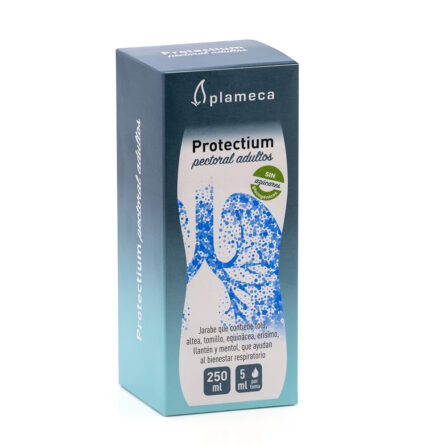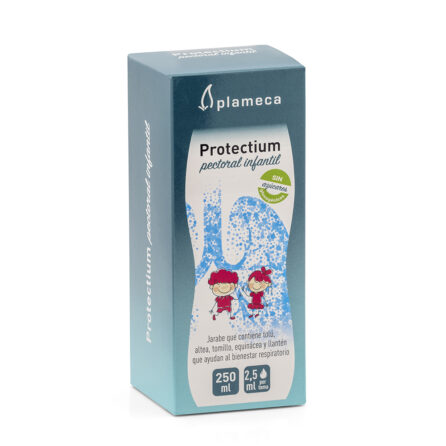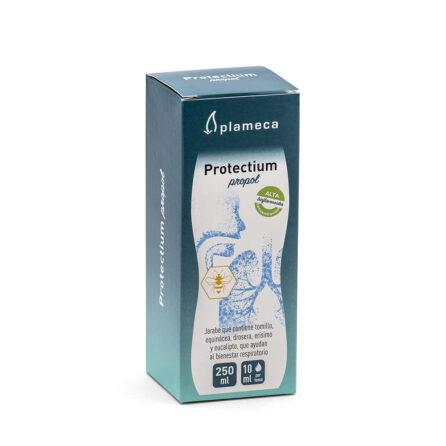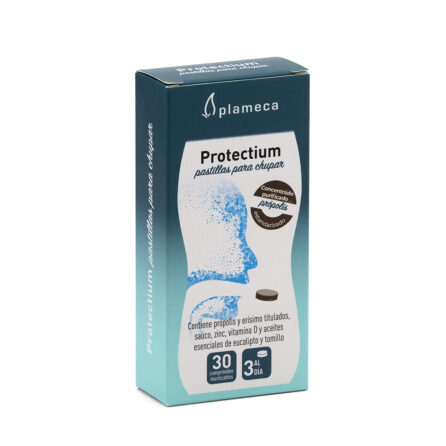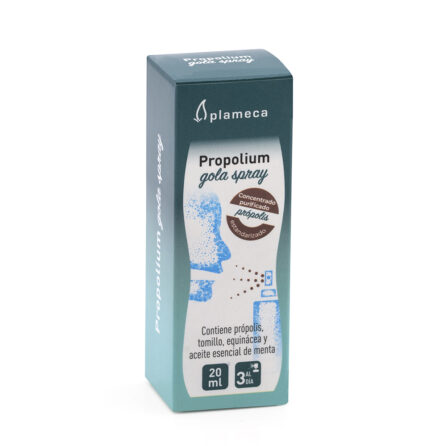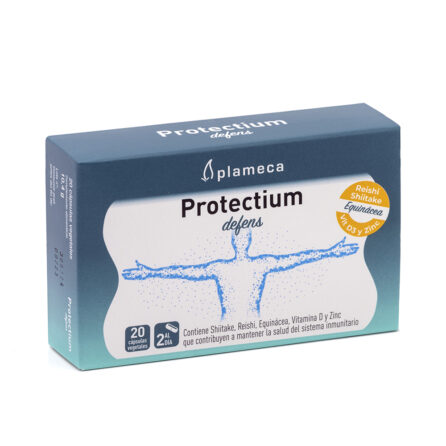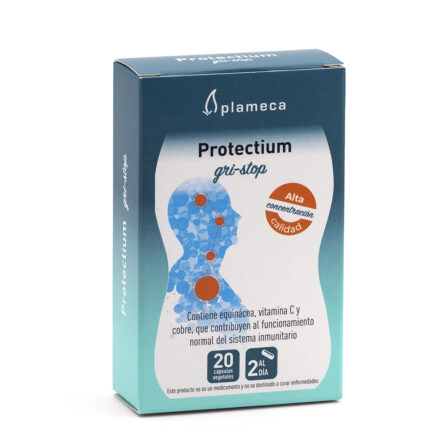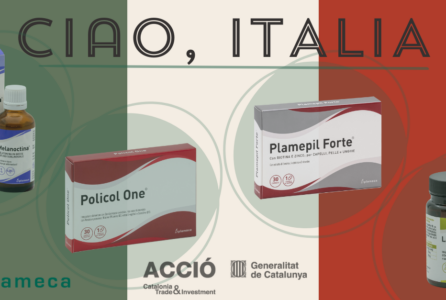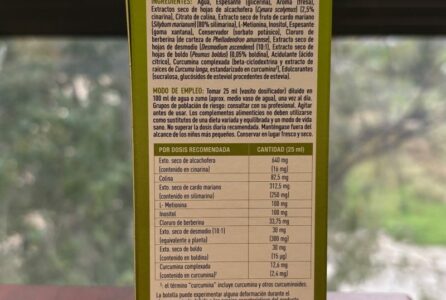The propolis (o propolis) is a resin from the buds and bark of trees such as poplar, chestnut, pine, willow, fir, oak, oak or birch. However, we rarely find propolis available in its pure state. Rather, we obtain it from the hive, as the bees collect this resin and enrich it by adding substances such as pollen.
In the composition of the propolis resins and balsams (50%), wax (25-35%), essential oils (10%), pollen (5%) and other substances such as vitamins (provitamin A and vitamin B3), minerals and trace elements (calcium, chromium, cobalt, copper, tin, iron, manganese, nickel, silicon, strontium, titanium, and zinc), and flavonoids (acetanine, benzoic acid, benzoic acid, acetanic acid), chromium, cobalt, copper, tin, iron, manganese, nickel, silicon, strontium, titanium, and zinc) and flavonoids (acetanin, benzoic acid, phenolic acid, quercetin?).
Etymologically, propolis is a word that comes from the Greek. Pro means "in front of" and poliscity". This indicates that the propolis is located at the entrance and inside the hive (the polis The hive is perhaps the most sterile place in nature. The hive is perhaps the most sterile place in nature. Bees also use the propolis to seal or tightly glue movable or breakable parts of the hive to prevent the hive from coming loose.
Propolis, since ancient civilizations
Observing the benefits of propolis In bees, throughout history we humans have also wanted to use this material for different purposes. The Egyptians used the propolis to embalm mummies. In the Ebers Papyrus, one of the earliest known medical treatises - written in Egypt approximately 1,500 B.C. - already speaks of the properties of the propolis. The Greeks used the propolis to produce perfumes. The importance of propolis in Ancient Rome has been reflected in mythology: it is said that Jupiter transformed the beautiful Melissa into a bee so that she could produce the propolisa miraculous healing substance. Already in the Middle Ages, master violin makers, such as Stradivarius, were mixing the propolis together with lacquers and varnishes to ensure the long life of these instruments. The truth is that man has used the propolis since time immemorial.
[resum] [resumBees use propolis to protect the hive and humans, throughout history, have used propolis for different purposes.[/resume]
Sources of information
Plameca products with propolis
